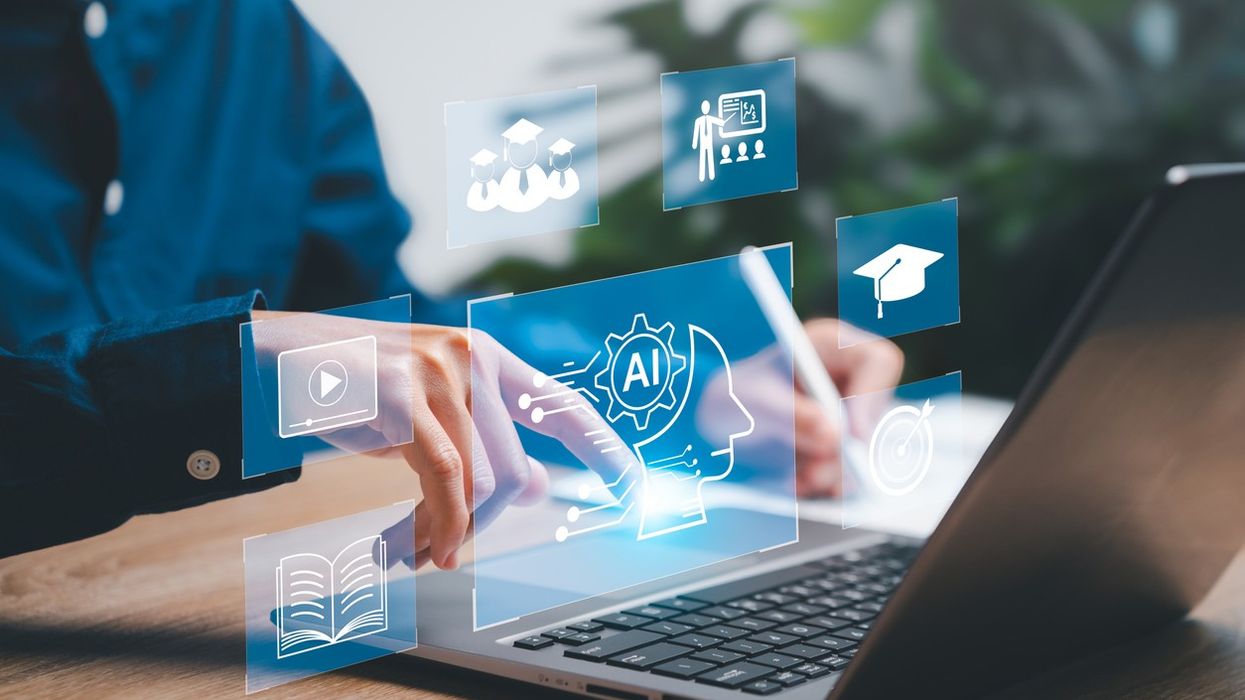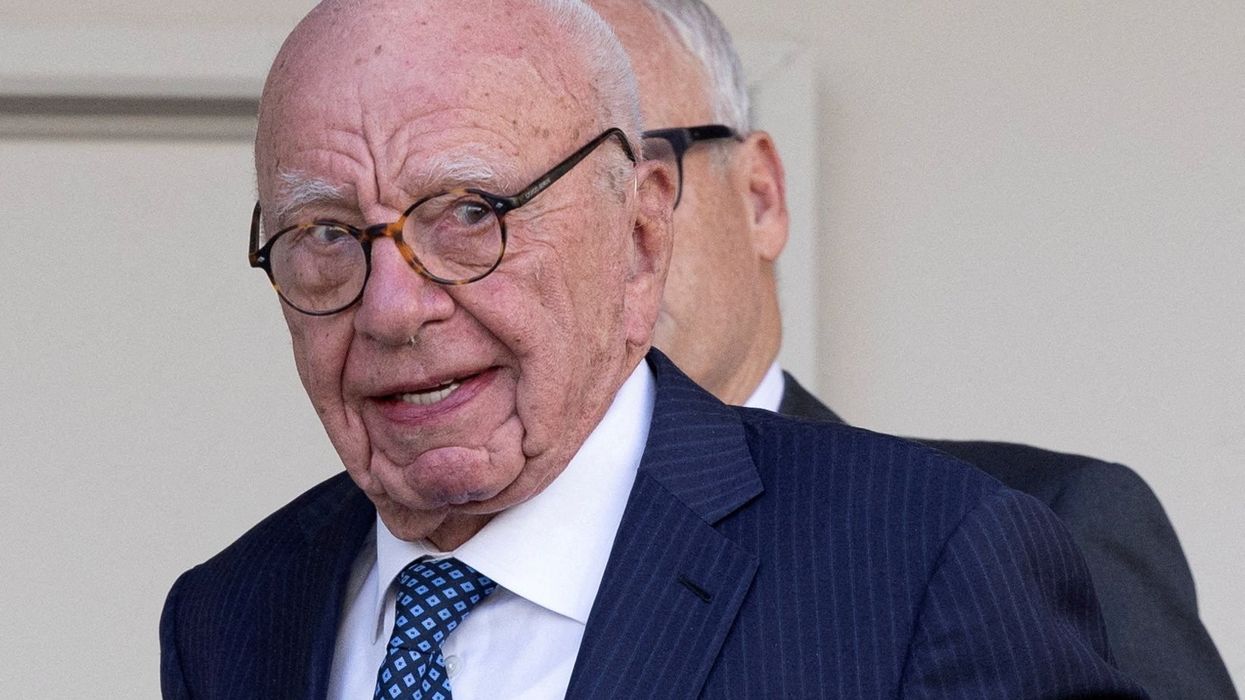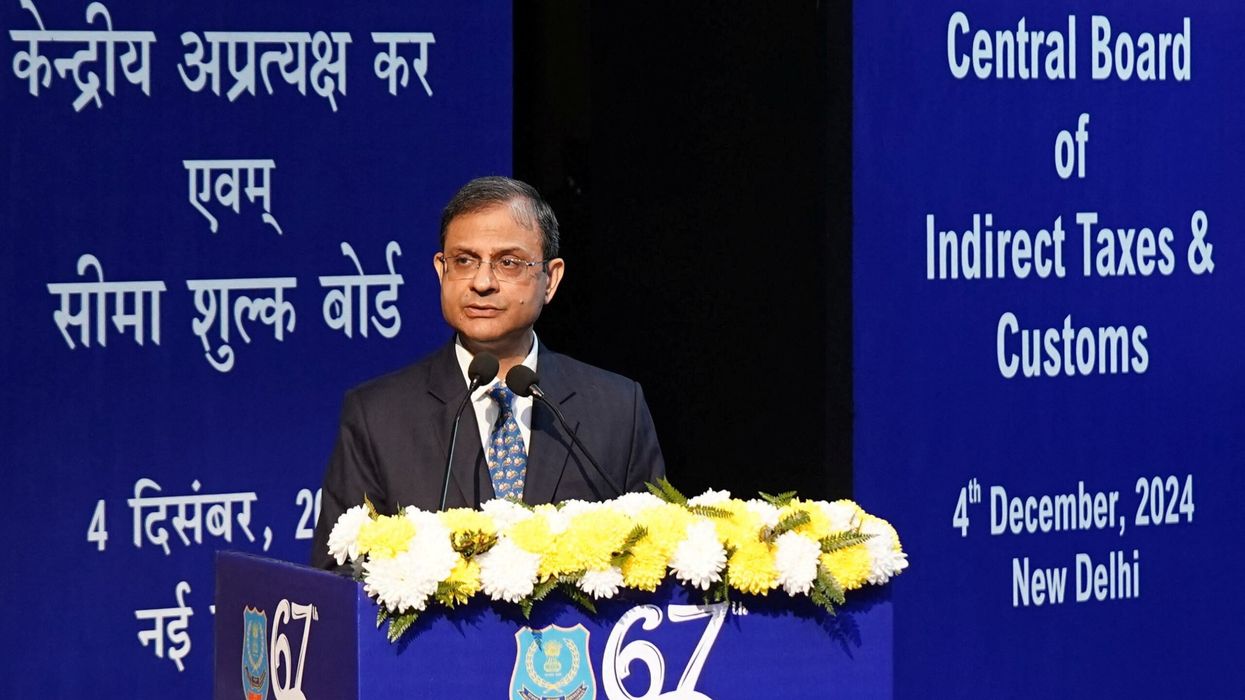STUDENTS from Asian backgrounds are “much more likely” to use Artificial Intelligence (AI) to help them with their studies than white or black people at university, according to new research.
The survey found that the majority of undergraduates used AI in their assignments, but the proportion among those of south Asian origin was 68 per cent compared to 52 per cent for their black counterparts and 48 per cent among white people.
The findings have sparked calls for more guidance to ensure students do not break plagiarism rules by using programs to produce drafts of essays and presentations swiftly via voice commands.
More than one-in-eight students said they have used AI to generate text for assessments, but edited the content themselves before submitting it, according to the report from the Higher Education Policy Institute (Hepi) think tank.
And five per cent admitted to putting AIgenerated text into assessments without editing it personally, which puts them at risk of plagiarism.
Chloe Field, the National Union of Students’ VP for higher education, said the statistics underscore the urgent need for clearer guidance on AI use in maintaining academic integrity and fairness.
She told Eastern Eye: “While AI is here to stay, it poses challenges. Universities must establish robust frameworks to prevent AI being used for academic misconduct, such as plagiarism, while guarding against crude measures to detect its use, which we’ve seen unfairly penalise students in the past.
“Disparities in AI usage among student demographics highlight broader issues of access and inclusivity in higher education. Universities must ensure equitable access to resources and support mechanisms to mitigate the disproportionate impact of AI adoption on marginalised students.
“By fostering responsible AI use and providing clear guidance on academic integrity, universities can uphold fairness and equity while harnessing technology’s transformative potential.”
Field added it is crucial to acknowledge why students may turn to the technology for academic assistance.
“For disabled students facing accessibility challenges, AI may offer a vital means of completing their work.
“Moreover, as working-class students increasingly face financial strain, AI may become a necessary tool to manage time constraints imposed by part-time jobs.”
The research by the Hepi think-tank, published in February, also found the most common tool for students was an AI private tutor that helps to explain concepts.
And over a third who used the programs admitted they do not know how often it produces false facts, statistics or citations.
Omar Khan, chief executive officer at the Centre for Transforming Access and Student Outcomes In Higher Education (TASO) thinktank, said there is increasing focus on the use of AI in universities as in wider society.
He told Eastern Eye: “There is a significant opportunity for AI to improve the student experience and outcomes for all students, but also to address longstanding inequalities in higher education.
“However, for this opportunity to be realised, we need better guidance for students and academics on how to best use AI, and to ensure that the ‘digital divide’ doesn’t result in some students, including black and Asian students, being less able to benefit from the promise of AI.
“Given longstanding and persistent ethnicity degree awarding gaps, we agree that the sector will also need to look more closely about the impact of AI on assessment.”
The Russell Group, made up of 24 worldclass universities, published a set of principles last summer on responsible and ethical use of generative AI.
Most of its institutions publish their own guidelines on the use of AI, including Glasgow, Nottingham and Newcastle universities.
A spokesperson for the Russell Group told Eastern Eye: “This is a rapidly developing field, and the risks and opportunities of these technologies are changing constantly.
“Our universities are already making changes to how they work, to grasp the transformative opportunities AI provides and ensure academic rigour and integrity.
“It’s crucial students get the new skills they need to build fulfilling careers in workplaces where AI tools are likely to become commonplace.
“University staff also need support as they look at how AI can be used to enhance their teaching, and guide students through the responsible use of these new technologies”.
Meanwhile, Microsoft made its AI assistant available in November. Microsoft 365 Copilot can summarise meetings held in its Teams app for anyone who chooses not to attend.
It can also draft emails, create word documents, spreadsheet graphs, and Powerpoint presentations in moments.
But there are concerns it could leave businesses too reliant on AI-powered assistance.
Kamran Uddin, a tech writer specialising in AI, believes it is no surprise that students are making the most of a tool that will accelerate their ability to produce content, summarise complex information and save them time when doing research.
He added: “We know many of our leading higher education institutions in the UK attract students from all around the world, including the Indian subcontinent.
“For those international students who perhaps used to be held back by their grasp of the English language can now compete on the same level as those who are native to the UK.
“Generation AI is essentially levelling the playing field in education and has democratised learning.” Uddin added: “I’m surprised universities haven’t created rules on this already because the scope for cheating is high, but they do already have software to detect plagiarism so that might be doing the job already.
“I also think they’re following the UK government response, which is a more of a wait and see approach, they don’t want to stifle innovation by being too heavy handed with regulation.”
A spokesperson for Universities UK said: “The findings in this study highlight the growing need for institutions to make crystal clear their policies surrounding the use of AI.
“The potential risks and benefits posed by AI to higher education have been known to the sector for some time, and any new developments are closely monitored.
“Currently, all universities have codes of conduct that include severe penalties for students found to be submitting work that is not their own and engage with students from day-one to underline the implications of cheating and how it can be avoided.”













